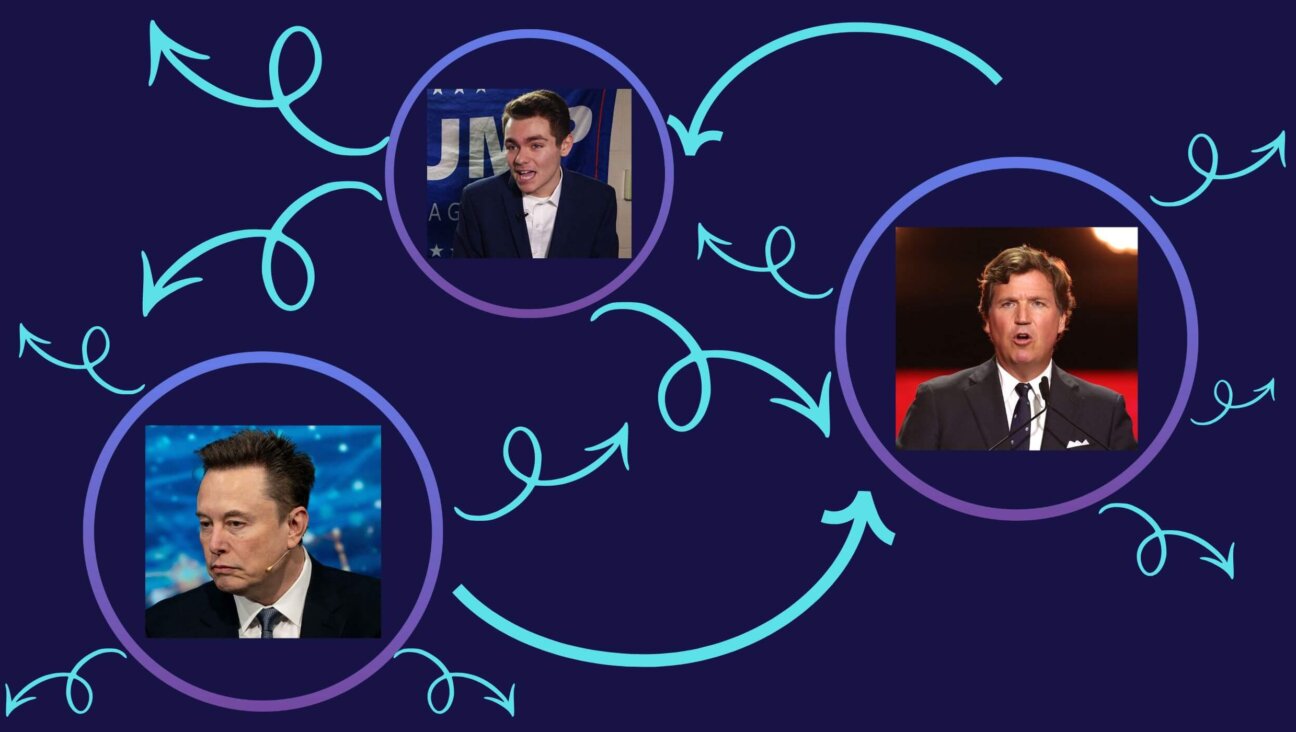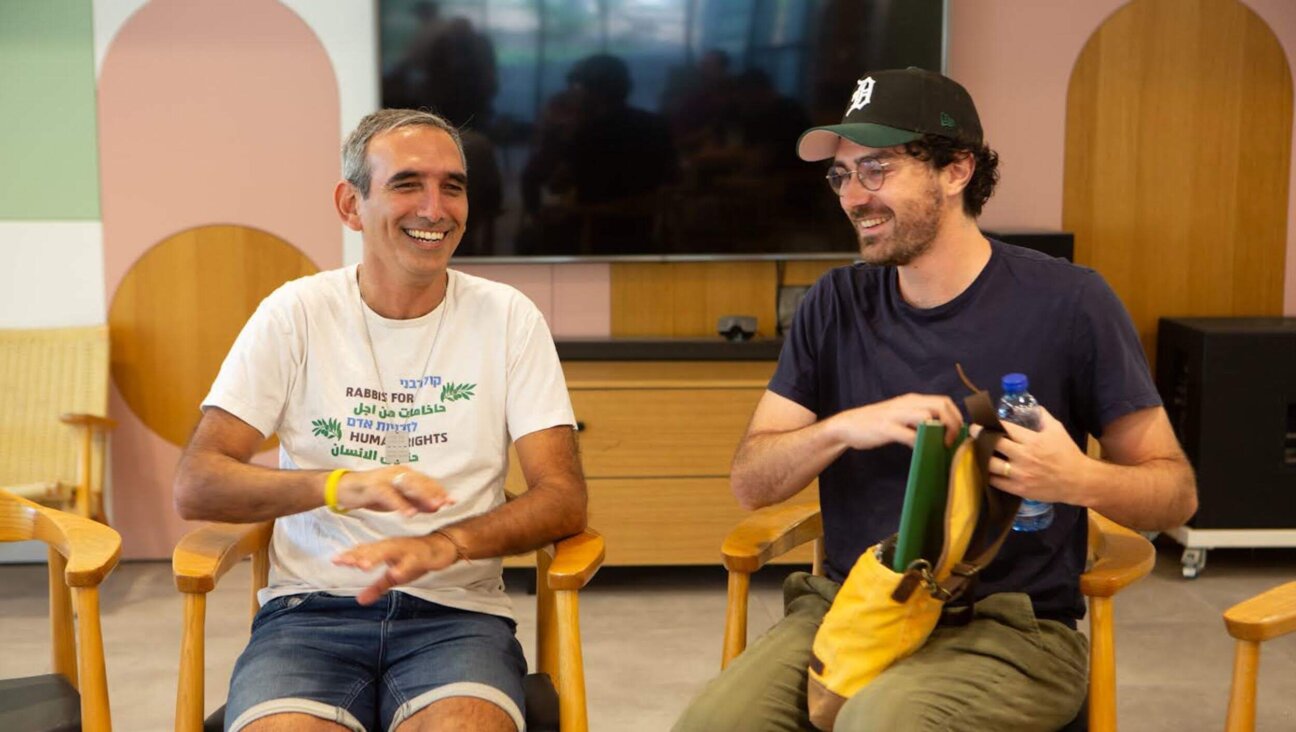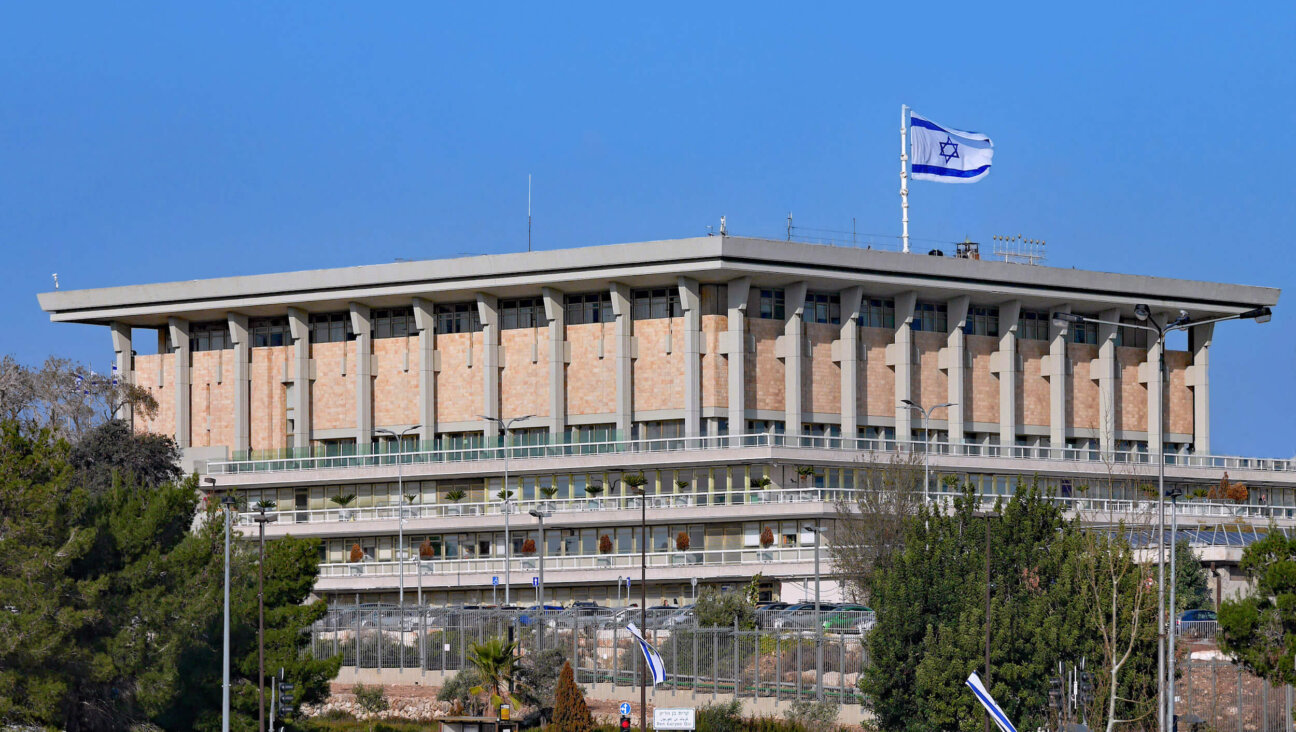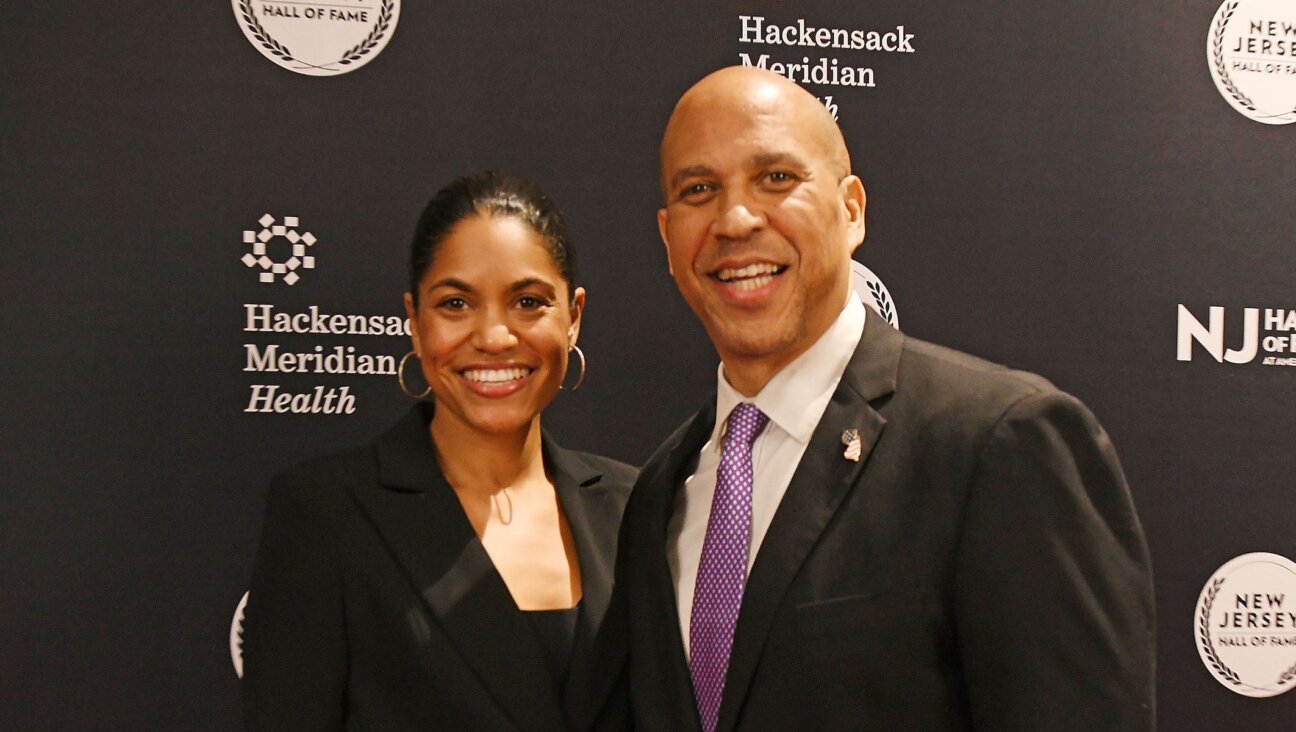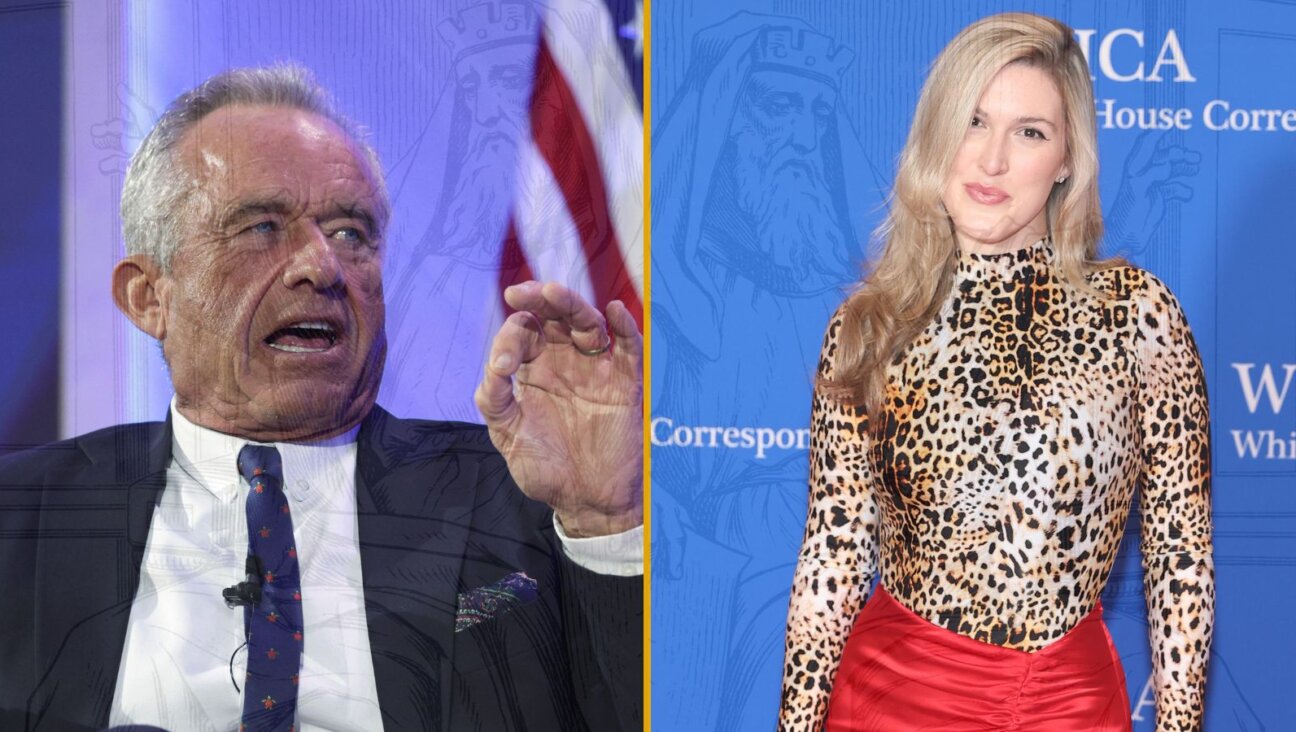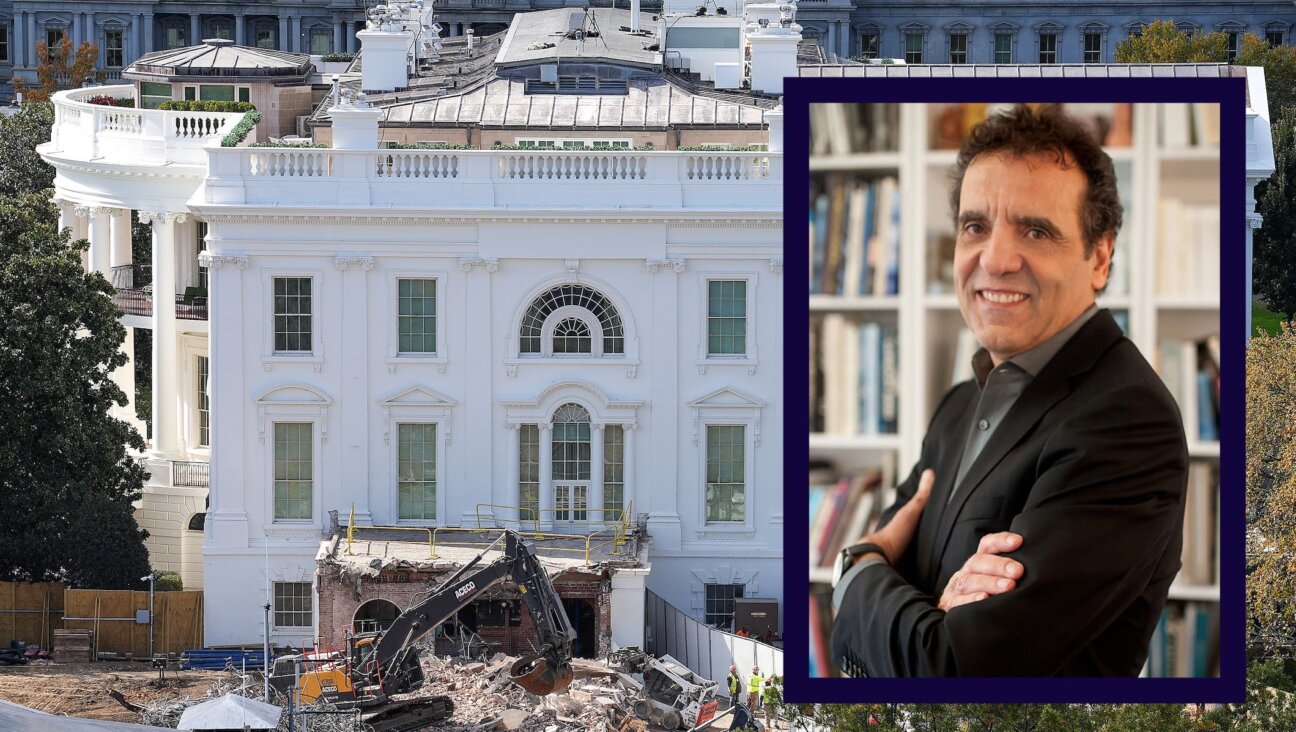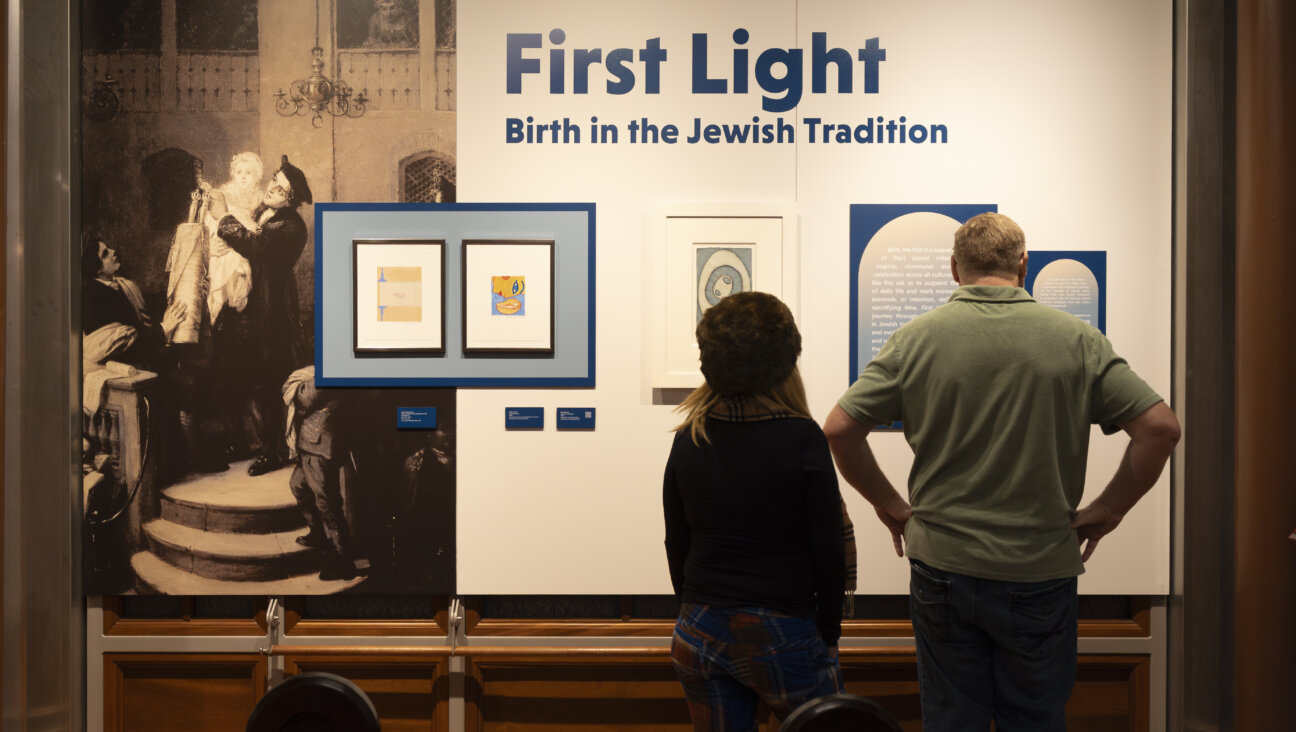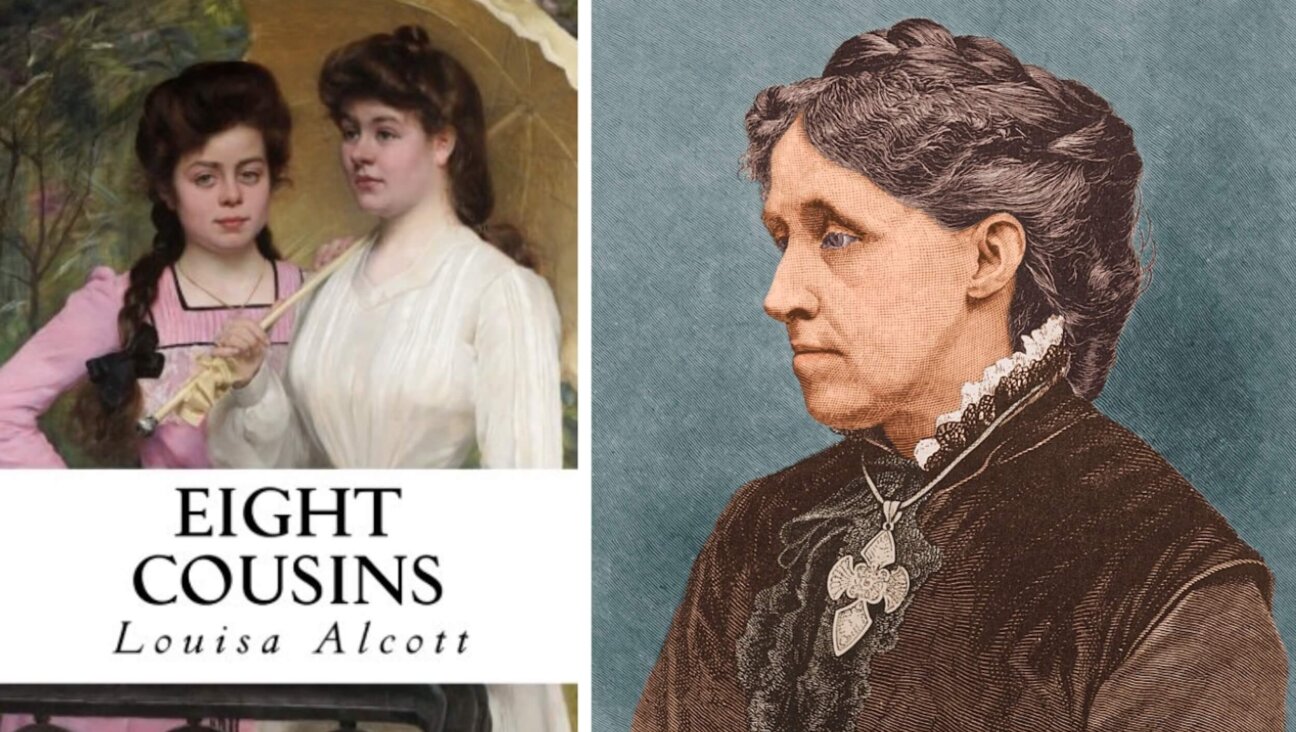Instead of making LGBTQ+ Jews scared of Pride, we should inspire them to march no matter what
Queer Jews are uniquely equipped to face the challenging context Pride celebrations are taking place in this year

Confetti flies as participants march during the 2022 New York Pride Parade. Photo by Ed Jones/AFP via Getty Images
As the New York City Pride parade approaches this weekend, it seems that the prevailing narrative in the press is that queer Jews do not feel welcome at Pride this year. In London, the largest LGBTQ+ nonprofit and Reform synagogue, KeshetUK and West London Synagogue, jointly pulled out of the London Pride March this week, citing safety concerns.
Given the recent global rise in antisemitism and the vitriol infecting most dialogue around Israel-Palestine, the trepidation around being identifiably Jewish or Israeli in queer spaces is real and very understandable. I also respect the concern of some left-wing Jews who are afraid that marching in a Jewish contingent with large Stars of David could be misconstrued as supporting Israel.
What is missing from this narrative, however, is just how well-equipped the queer Jewish community is to face these fears.
In the face of antisemitism, our queer pride better equips us to develop self-esteem around Jewish identity because Pride is about loving the parts of ourselves that others try to shame. Our queer ancestors at the original Pride march in 1970 participated in an unsanctioned, radical act of public self-love, at a time when being openly queer was criminalized and pathologized. The parade challenges us to accept all of our intersecting parts, and emboldens us to find the joy in that self-acceptance. Pride doesn’t fall apart when faced with adversity; it shines brighter.
It’s true that many young people are feeling anxious about Pride this year. It’s true that queer Jews are bearing the brunt of a geopolitical conflict thousands of miles away. But that is exactly why we should all be there. There is strength and safety in numbers. Research shows that the impact of supportive adults on LGBTQ+ youth can be life-saving. And we know from JQY testimonials that marching in the Pride parade can be life-changing.
After Oct. 7, Jews who began wearing their Star of David necklaces and “Bring them home” dog tags are learning what queer Jews have always known: that visibility is essential. No longer must religious Jews wonder why LGBTQ+ people need to come out, have parades or request queer student clubs. When the world tries to make you feel bad about who you are, that’s the time to turn around and shout “Hineini — Here I am!”
As the founder of JQY, a nonprofit that supports Jewish queer youth from predominantly Orthodox homes, I have witnessed the unique strength and resilience that comes from cultivating pride in both Jewish and queer identities. These identities compliment, empower, and activate each other. My own experience of wearing a yarmulke since childhood taught me that there is value in being different.
It is precisely in the face of pressure to hide our Jewish heritage that the values of Pride tell us to come out louder and prouder. Instead of stoking the fears of queer Jews about marching at Pride this year, we should be galvanizing queer Jews to join us as we dance down 5th Avenue to the Stonewall Inn together. Instead of making queer Jews feel that they don’t belong to the larger LGBTQ+ community, we must show them that they are valued and loved for who they are.
Imagine the courage it must have taken for LGBTQ+ people to march up 6th Avenue on June 28, 1970, at the very first Gay Liberation March. At the time, homosexuality was still listed as a mental disorder in the Diagnostic and Statistical Manual of Mental Disorders, and police were violently raiding gay bars. Coming out as queer often meant losing your job, your family and most of your rights. Yet over 10,000 people proudly paraded through the streets despite the boos and disapproval of most New Yorkers at the time. The Pride movement was born out of this bravery.
This same energy should inspire hundreds of queer Jews to unapologetically partake in the parade as our full Jewish queer selves, despite the chance that there may be booing or protests related to the Israel-Gaza war. Coming together as a queer Jewish family to march with pride in spite of the external pressures that threaten us only affirms our strength as a community. We can bend, but not break.
The teens I work with at JQY know the pain of being rejected for one’s differences, so they connect with each other because of their differences, not despite them. Some come from right-wing homes and some come from the left. Some find healing in leaving religion, and some are embracing Judaism even stronger. Some see Israel and Zionism as an essential part of their Jewish identity, and some fight for Palestinian rights precisely because of their Jewish values. They don’t have to agree on these issues to be a chosen family.
The “Jew York Pride” marching contingent in the New York City Pride Parade is made up of over 20 Jewish organizations and celebrates the full diversity of the queer Jewish experience, which includes Israeli Jews, Orthodox Jews, Mizrahi Jews, Zionist and anti-Zionist Jews, Jews of color, Jews by choice and the myriad other Jewish identities in our community.
The NYC Pride parade is a huge opportunity to showcase the strength, vitality and diversity of the queer Jewish community. Our teens give us so much nachas, or “pride,” in Yiddish, and we want them to feel that for themselves, not fear. Joining them at the march this year is an opportunity to show that queer Jews belong not just at Pride but everywhere, because true pride comes from within.

